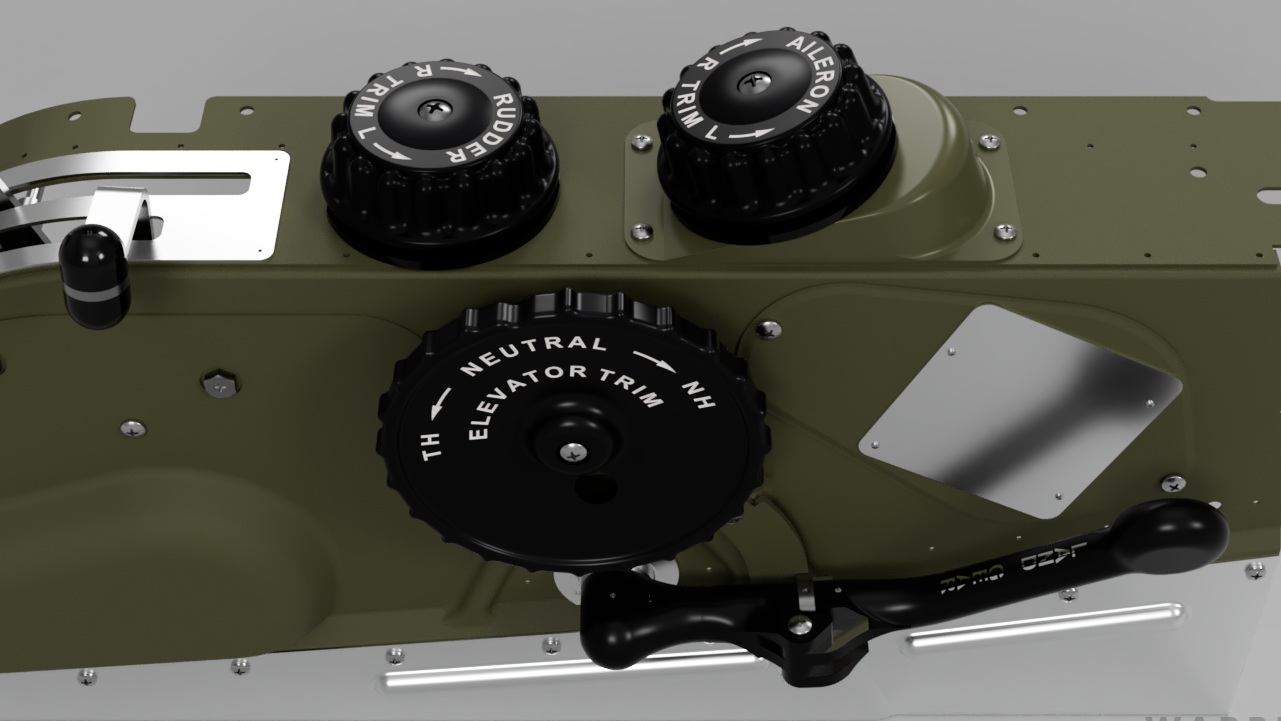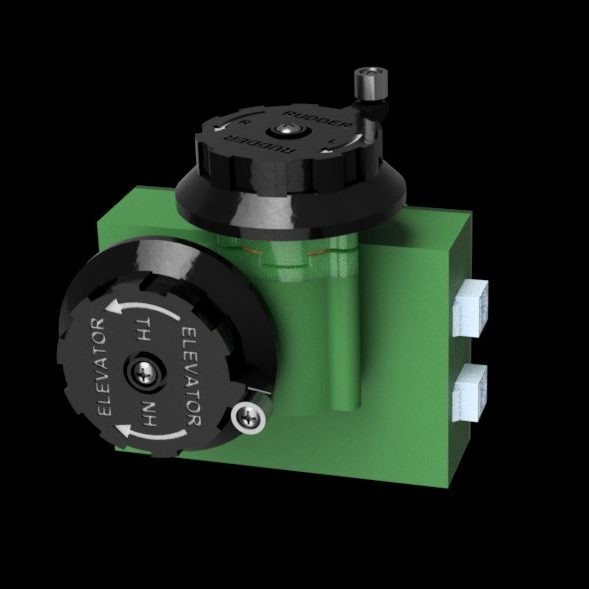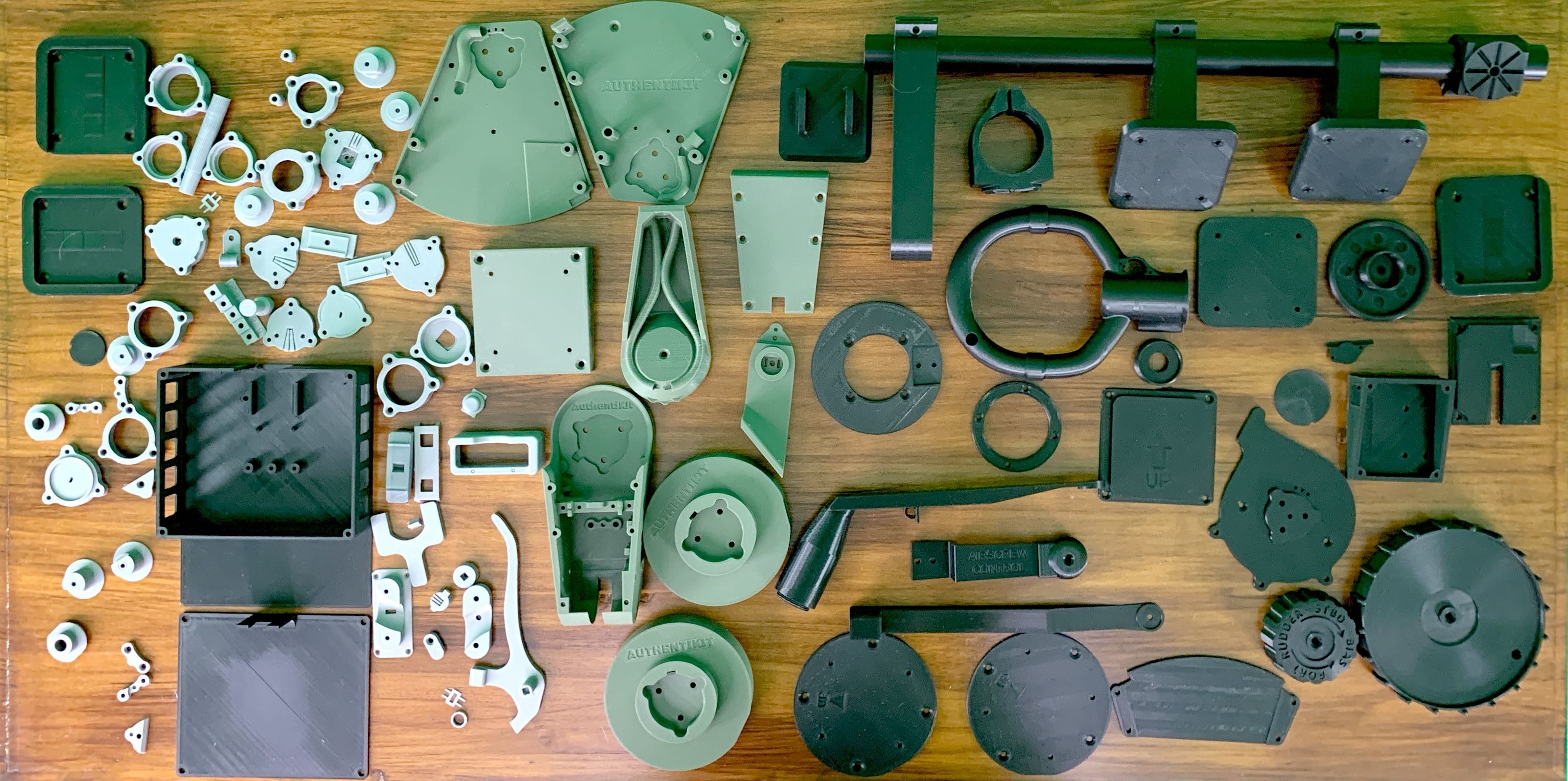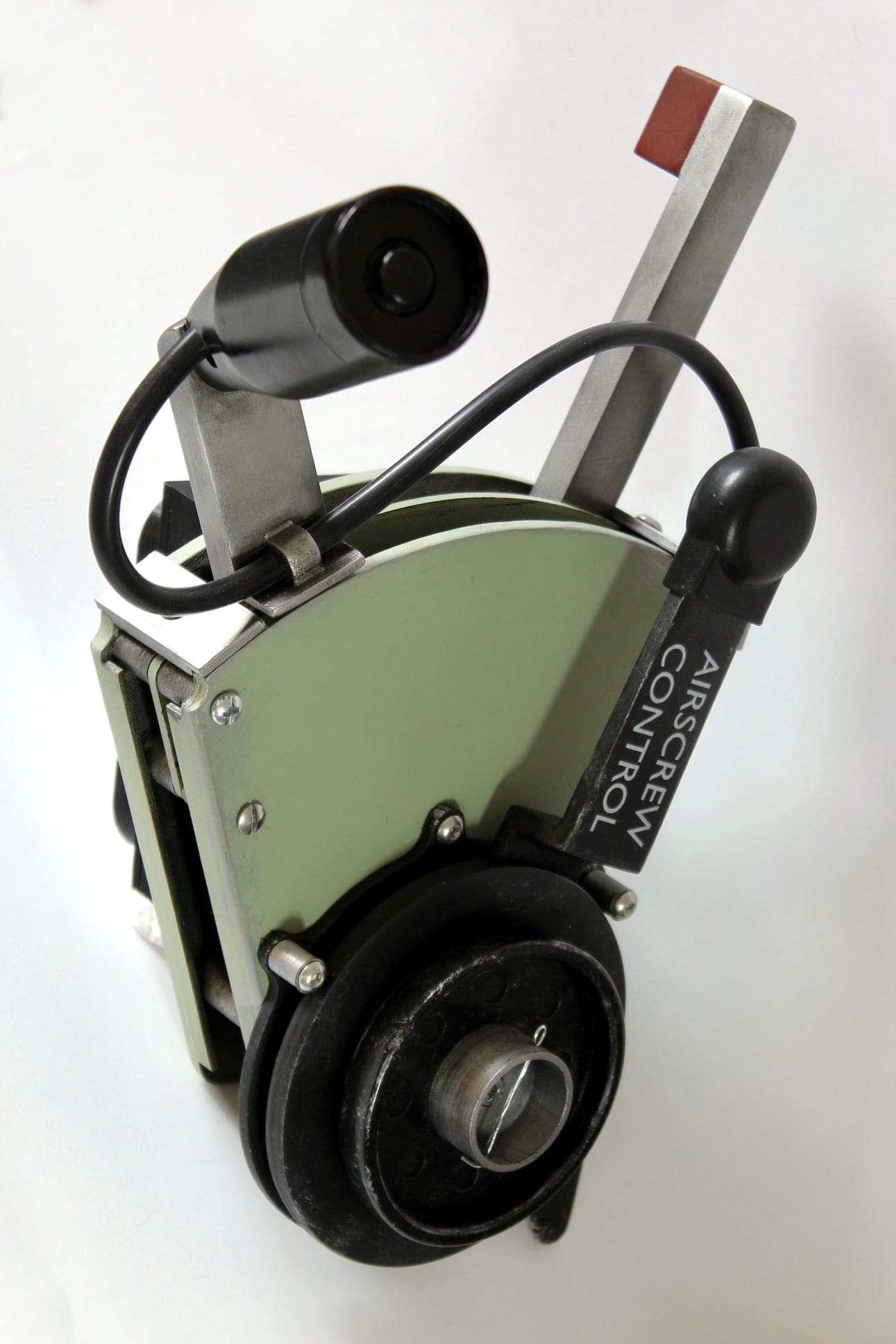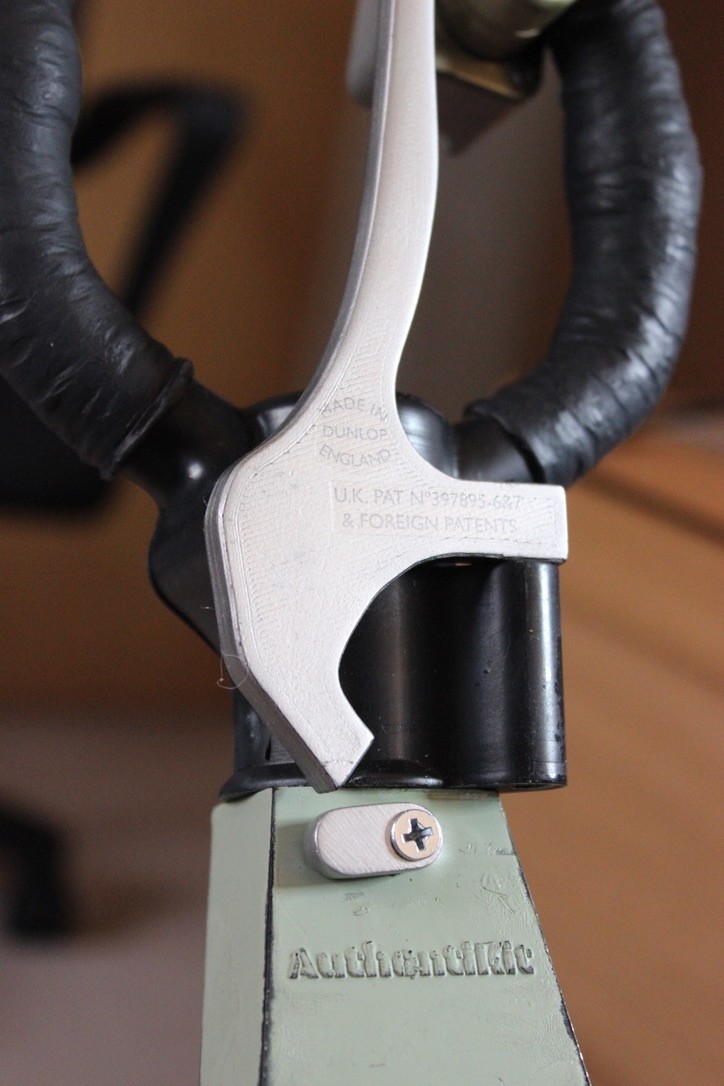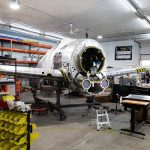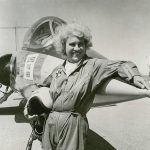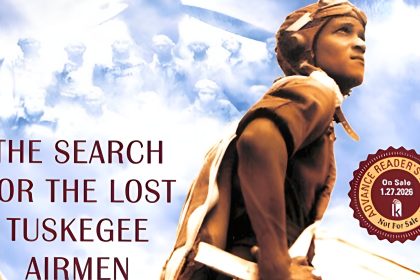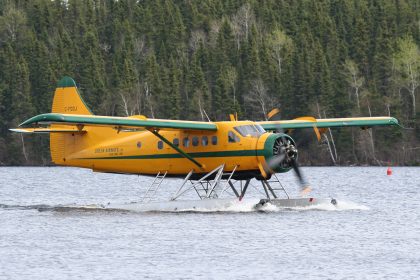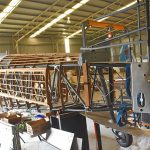While we typically publish stories about actual vintage military aviation in our articles, it is fair to say that such aircraft are well beyond the financial means of most individuals – even acquiring authentic components from such flying machines has become a seriously expensive hobby. However, with the advent of inexpensive Computer Aided Design (CAD) software and 3D printers, there is now a way to accurately recreate – inexpensively – the flight controls and cockpit fittings of your favorite WWII fighter, so that almost anyone can recreate that part of the aircraft for their own enjoyment – and even to hook up to your very own flight simulator. But the best part is that you don’t need to know much about CAD nor even to own a 3D printer to pursue this hobby. This is where AuthentiKit comes in, as their description reveals…
If you’ve come here, you are almost certainly a passionate Warbird fanatic. How many of us have ever wished we had been around when our beloved Spit, Mustang, Mossie, et al, were plentiful, and roaring overhead, and dreamed of the chance to fly one of these magnificent birds ourselves?
Now imagine the immersion of flying a mission in a Mk.IX Spitfire, over occupied France in 1943, or an earlier variant during the Battle of Britain, in front of your computer screen, or better yet, with your Virtual Reality headset on, using controls that have the identical, authentic look and feel of the actual Mk.IX Spitfire, or something similar in a P-40B, P-51D, DH 98 Mosquito FB.VI, or other classic fighting machines? Now, add being able to do this with 3D components printed from freeware files, incorporating inexpensive, readily available electronics and other items, with accompanying detailed videos and instructions.
Welcome to the world of AuthentiKit.
AuthentiKit is a freeware project seeking to capitalize on the rapidly increasing availability and price reductions of 3D printing to bring a wide range of premium quality, replica flight controls to the flight sim community. AuthentiKit products occupy a middle ground between commercial fully assembled controls and DIY projects that require tools and dedication. They use a proprietary assembly method aimed at the kind of person who would be comfortable with Lego Technic, or assembling most any other build-it-yourself product.
AuthentiKit was started by Phil Hulme, out of the UK, and there is now a substantial community of people building these controls, with some having started to work with on the design side, generating systems for additional classic aircraft. Quite a few members of the community participate in the #community-print-services channel on AuthentiKit’s Discord server, printing 3d parts for those who don’t have access to a 3D printer.
The first warbird design generated by AuthentiKit was the much beloved Spitfire Mk.IX, with a big assist from Flying Iron Simulations, an approved developer for Eagle Dynamics, whose Digital Combat Simulator (DCS) is a leading warbird simulation program.
Other relationships with simulator developers, and even warbird restoration firms, have evolved. In addition to Flying Iron Simulations, these include, but aren’t limited to Aeroplane Heaven, who partnered with AuthentiKit in developing Spitfire Mk1A controls, Big Radials, who were instrumental in assisting with the development of the P-40B controls, and AVspecs out of New Zealand, a preeminent restorer of classic warbirds, who is consulting as they can with AuthentiKit on an upcoming release of cockpit controls for the Mosquito FB VI.
Typical control sets are comprised of control stick/column, with associated switches and triggers for weapons, and other control stick actuators seen on the original planes; throttle, mixture, prop control, trim wheels (elevator, rudder and ailerons, as appropriate), flap levers, landing gear (undercarriage), and radiator cowl controls. In many cases, visual annunciators are also provided, for users not flying in VR.
In none of these relationships are there any commercial dimensions. AuthentiKit does not sell anything since all designs, bills of materials, and assembly guides are free to the community. This is the ultimate labor of love, with community members investing their time, know-how, and skills to provide an experience that is as close to flying these historic airplanes in real life as current day technology allows, accessible to as many people as possible.
Flight simulations in VR are immersive, to be sure, but when you see control in your headset, reach out for it, and not only is it physically where you would expect it to be, but it feels identical to what you are seeing, and functions just like the controls that are represented in your field of view, it can be an amazing experience. This connection between visual and tactile greatly enhances the feeling that you are in the actual cockpit, flying the actual aircraft. That’s what total immersion in simulations is all about.
Another great aspect of the designs being developed by AuthentiKit is they will work with any flight simulation program, such as DCS, Microsoft Flight Simulator 2020, FSX, X-Plane, P3D, and IL-2. This is the result of the wide compatibility designed into the common hub that interfaces between the controls and the user’s PC. The connection requires nothing more than a single USB port on a PC, and even the mounting scheme for the controls utilizes widely available computer monitor mounts, and a commonly employed dovetail, used by all designs. This allows users to quickly switch from one aircraft to another, often in less than 5 minutes, so flight simmers can have complete sets of controls for many warbirds, extending the immersion and the experience, with minimal effort and expense.
Hardware this awesome must be experienced to be appreciated, so if you would like to get your hands on a set or two of these flight controls for your favorite warbird, don’t be put off by the DIY aspect. These are simple self-assembly kits that you can put together at your kitchen table without workshop tools and involving no soldering. Visit authentikit.org where you’ll find more information, videos, and links for sourcing the kits.
There are basically two options and the website has links for both approaches.
- Option A: Download the CAD files, print your own parts, and source the components.
- Option B: Buy a kit with everything in it.







